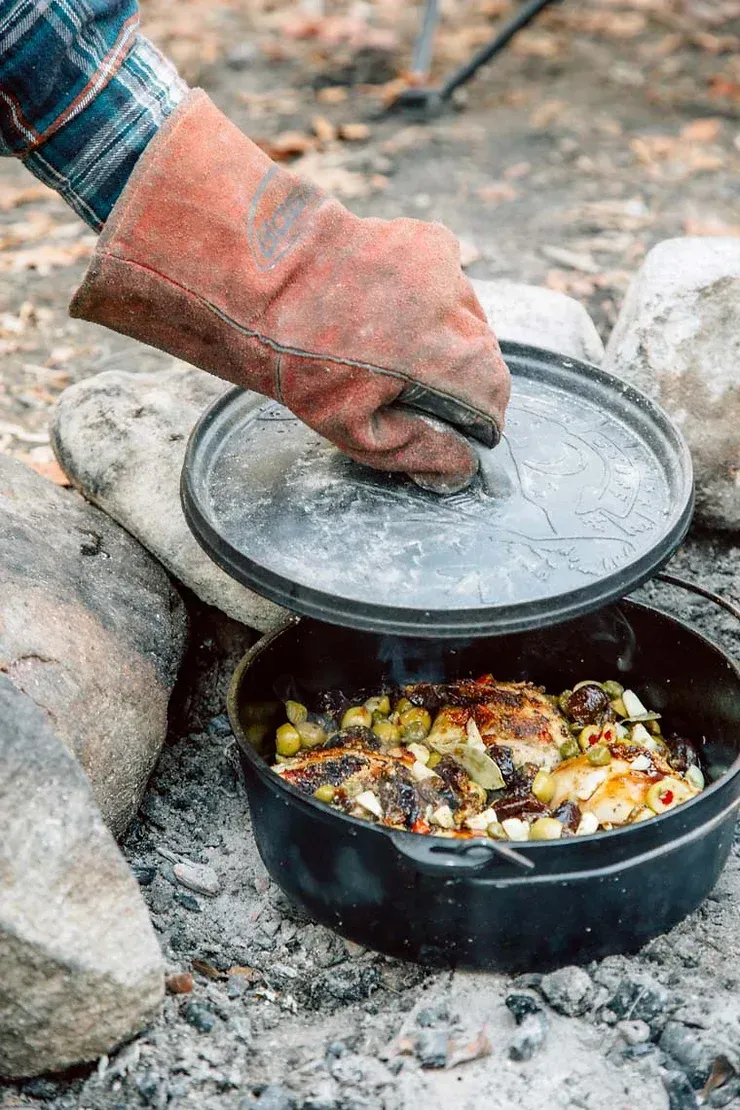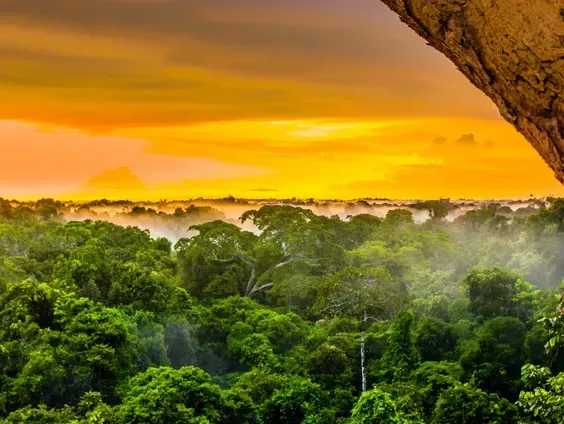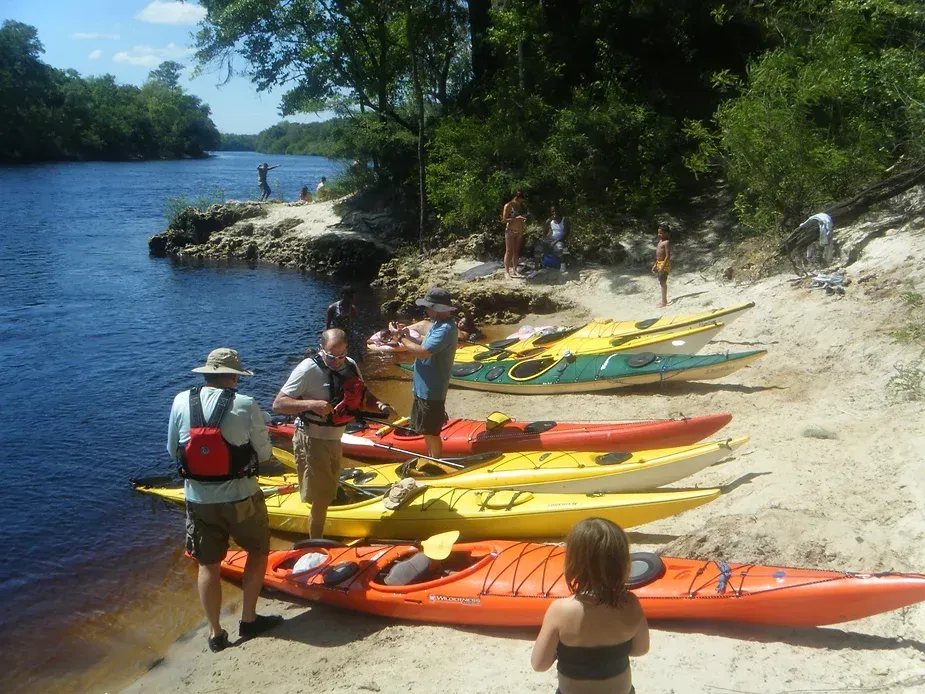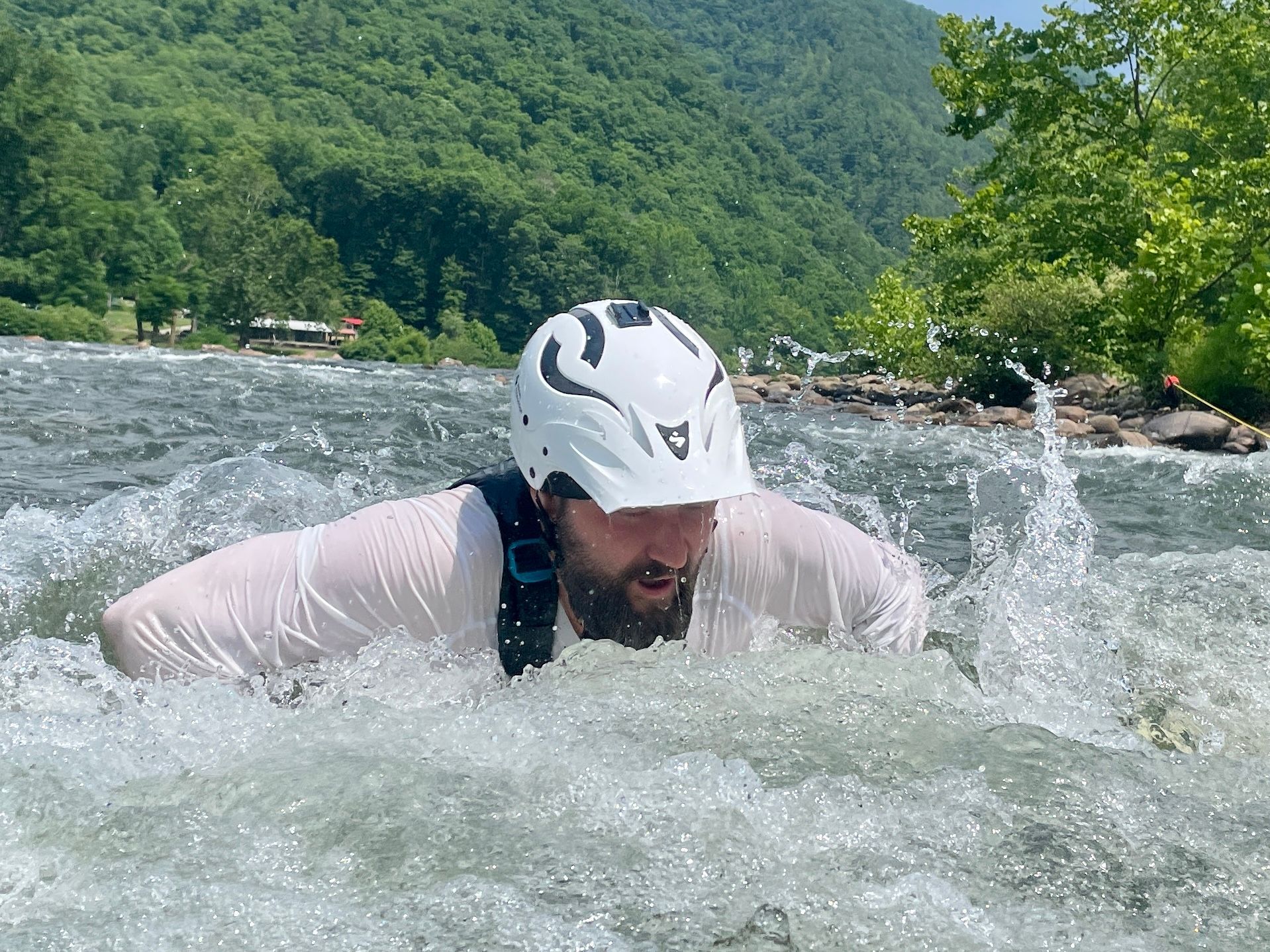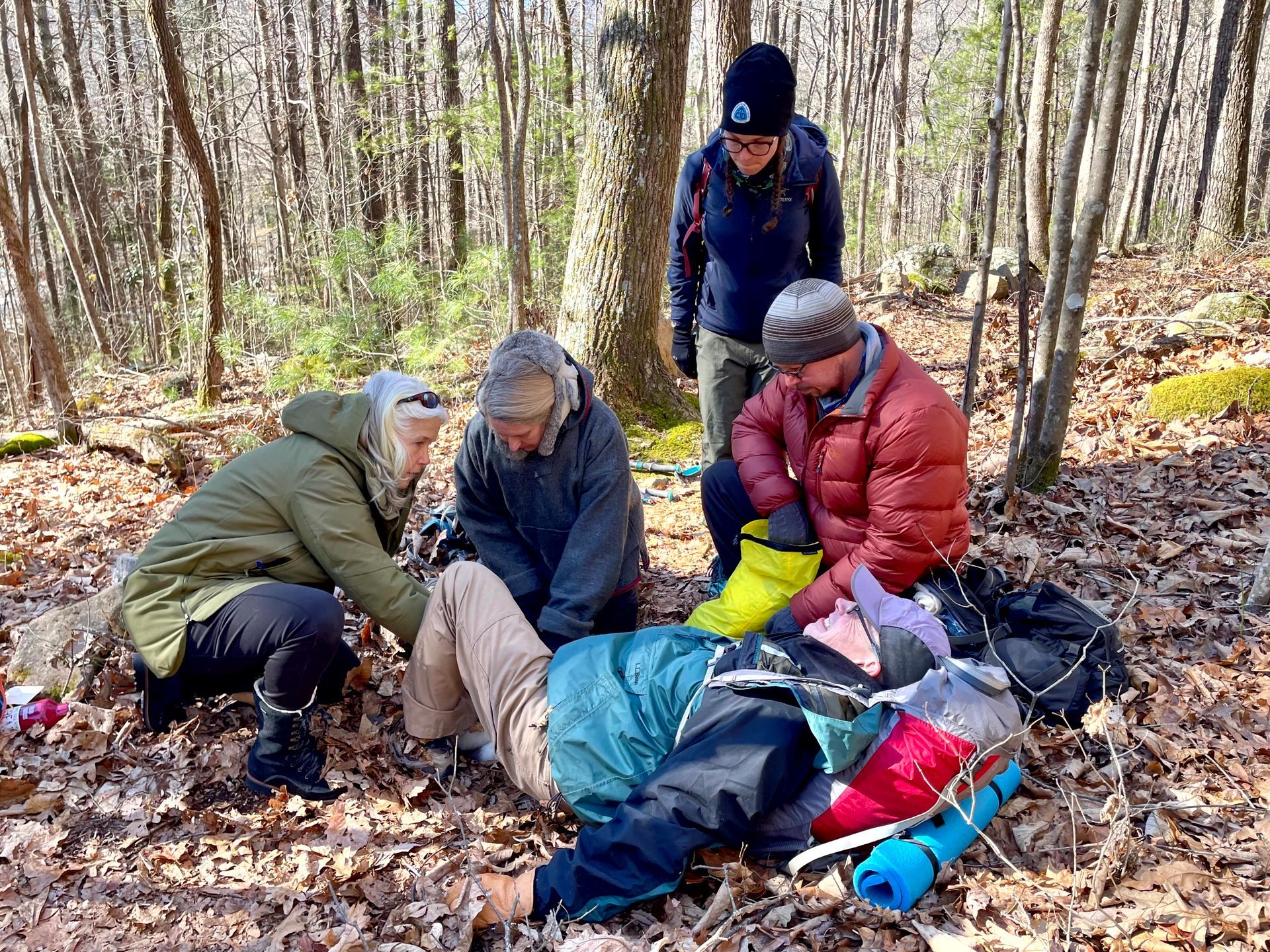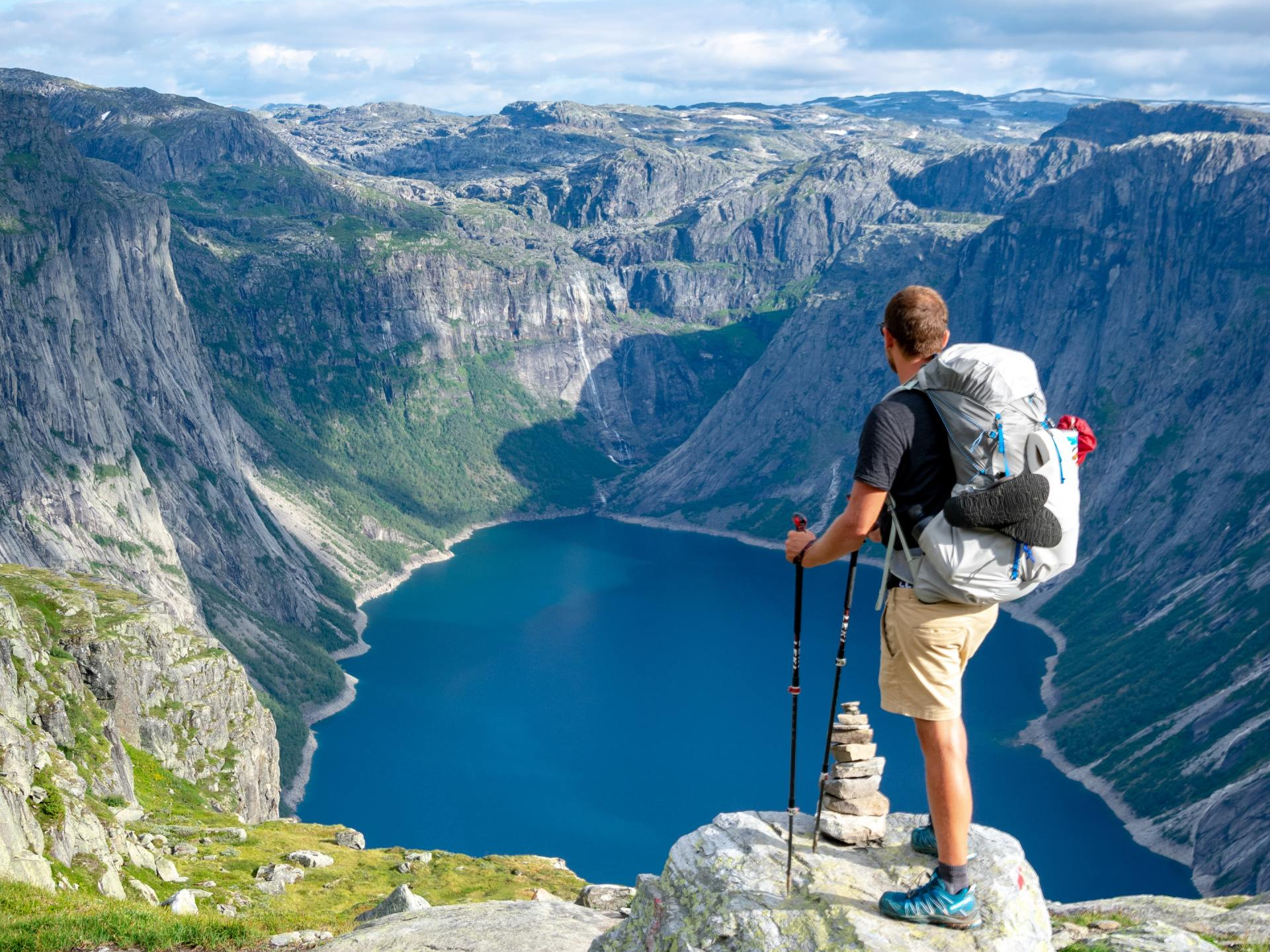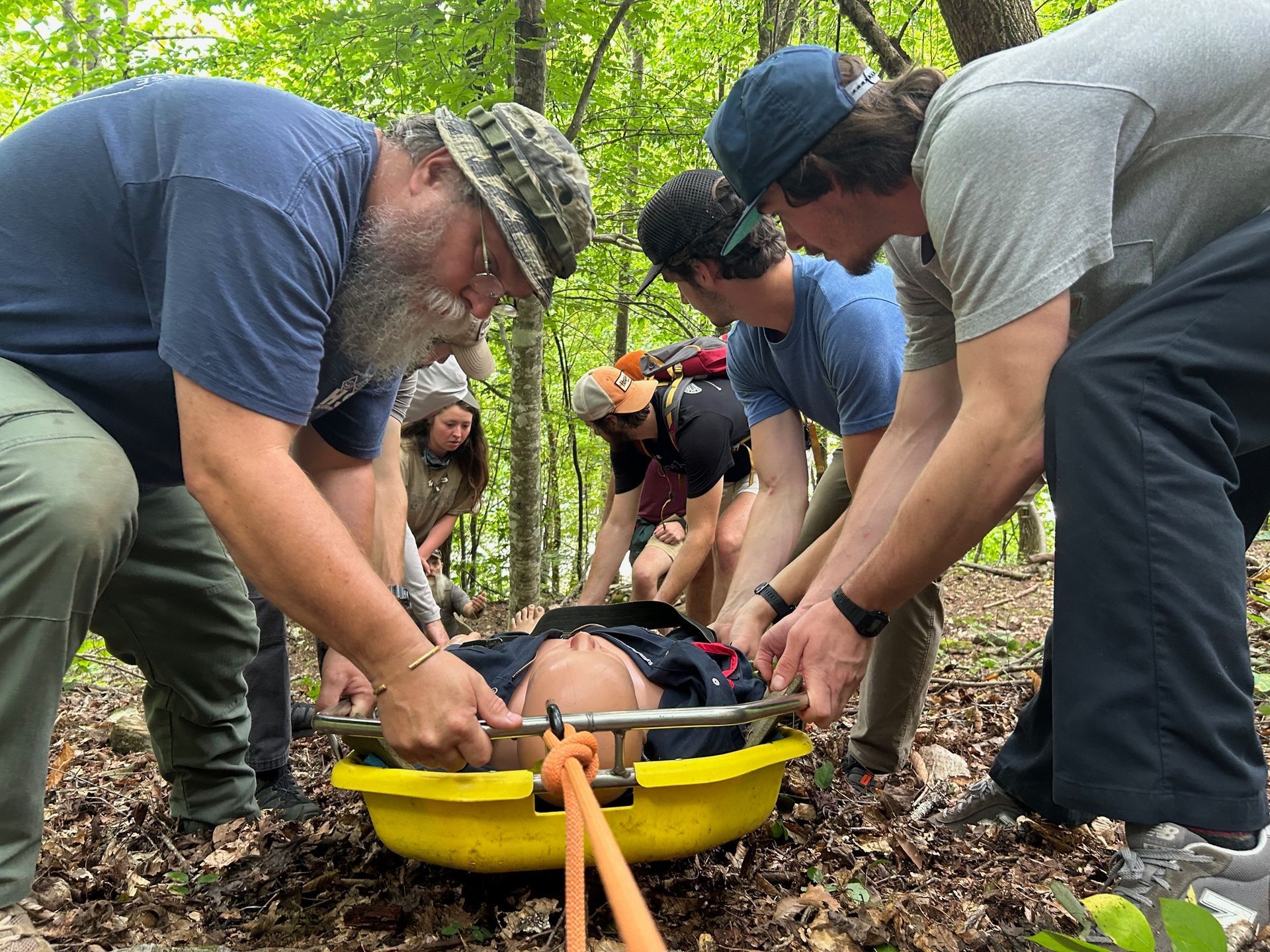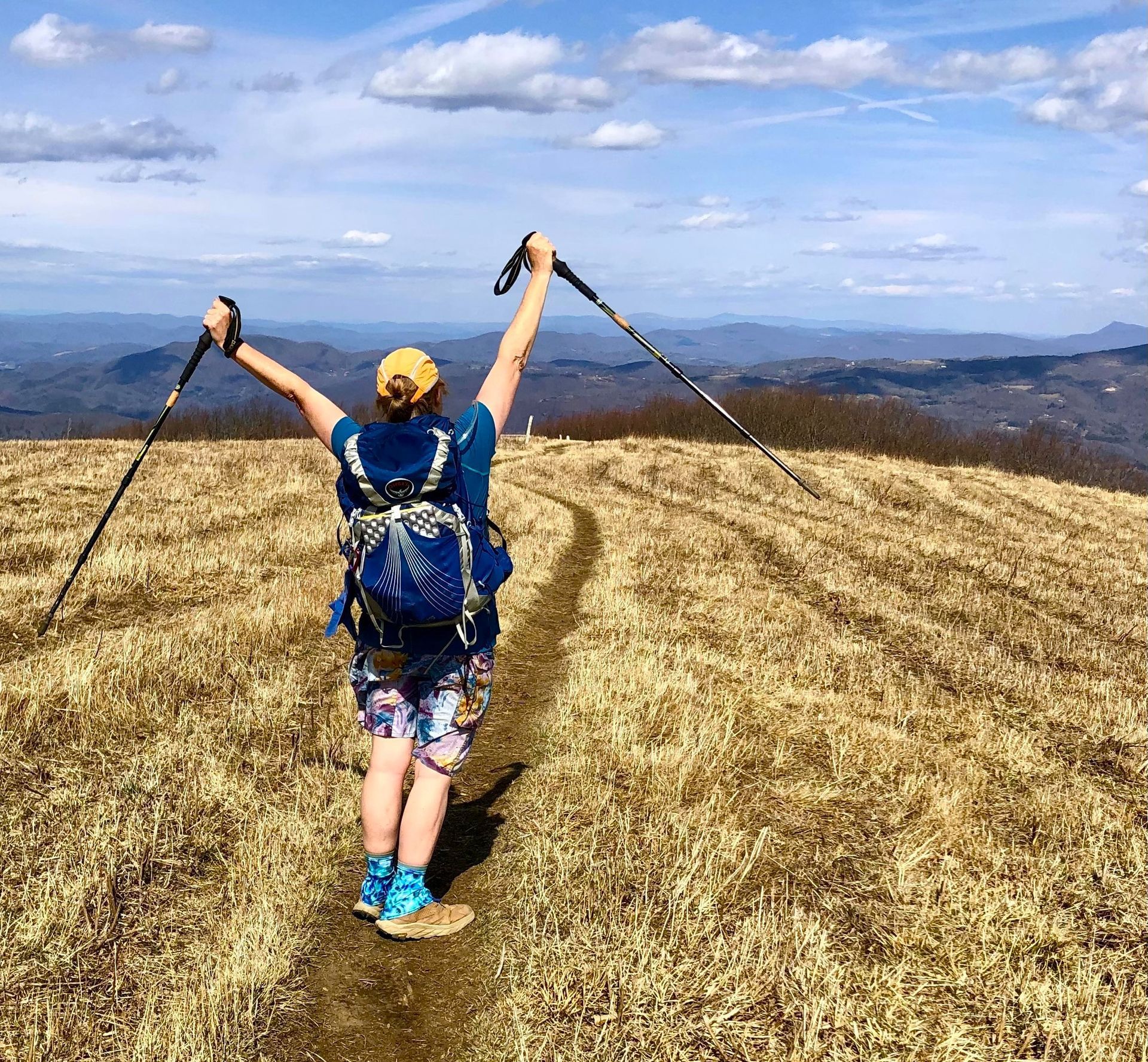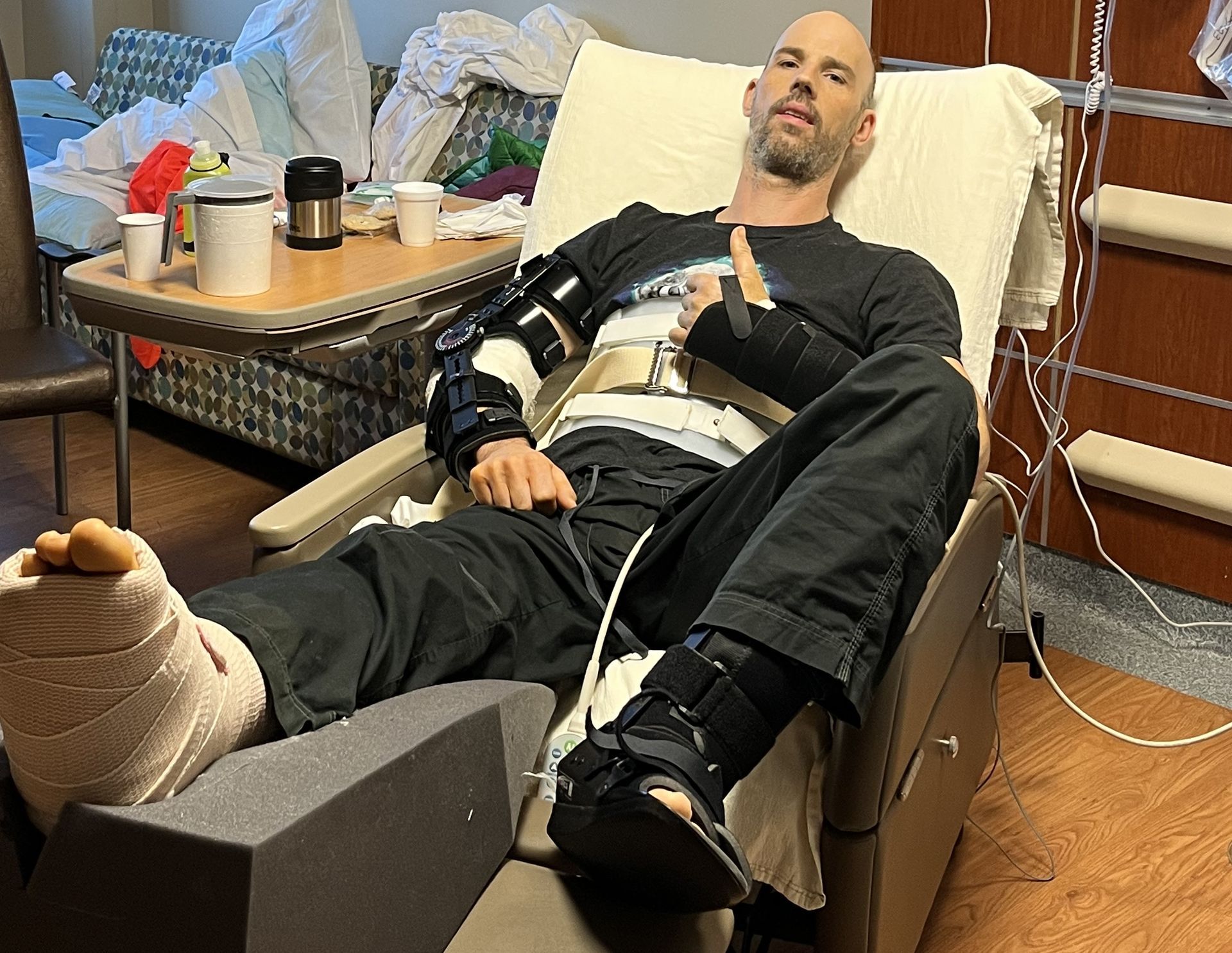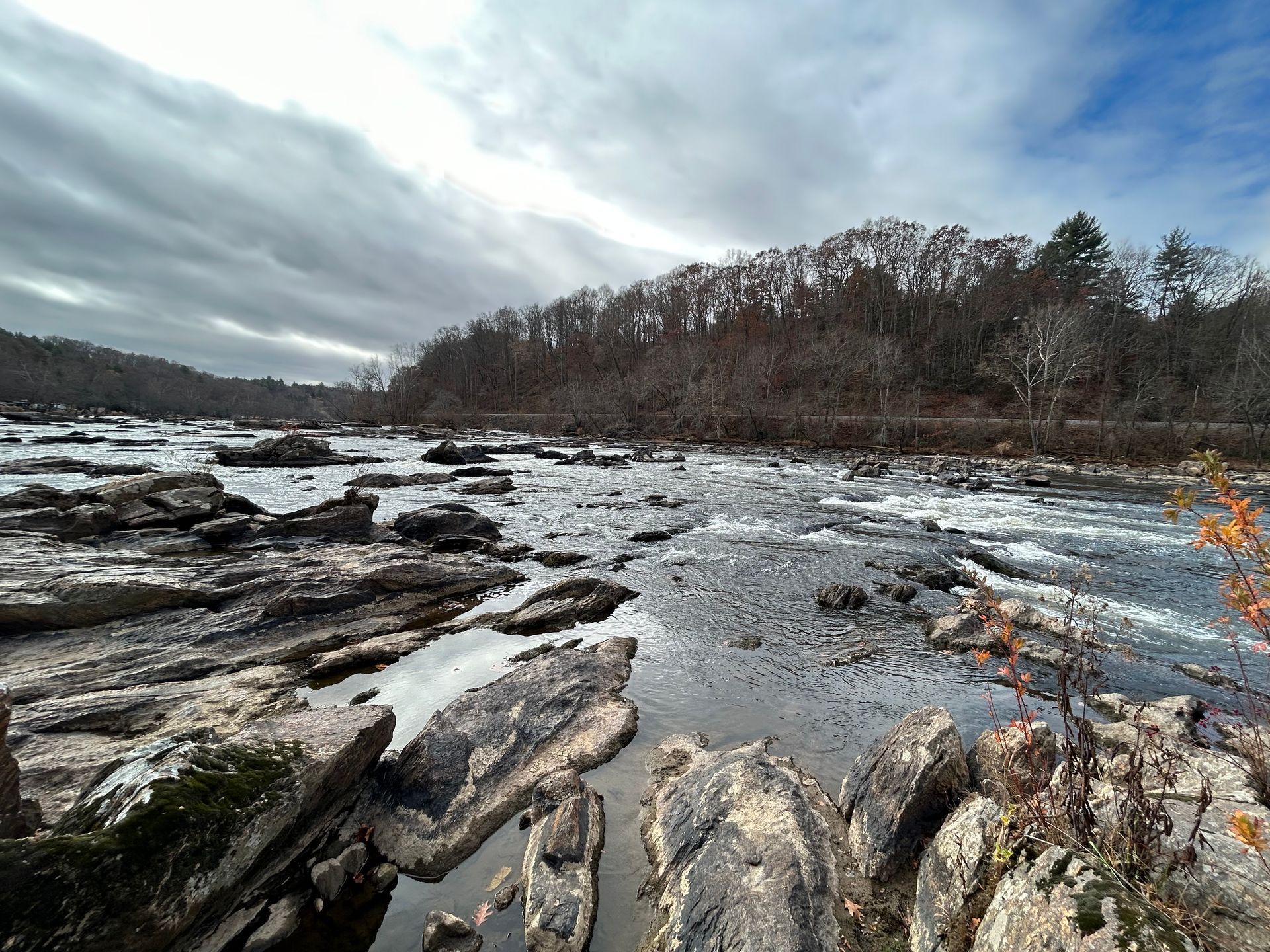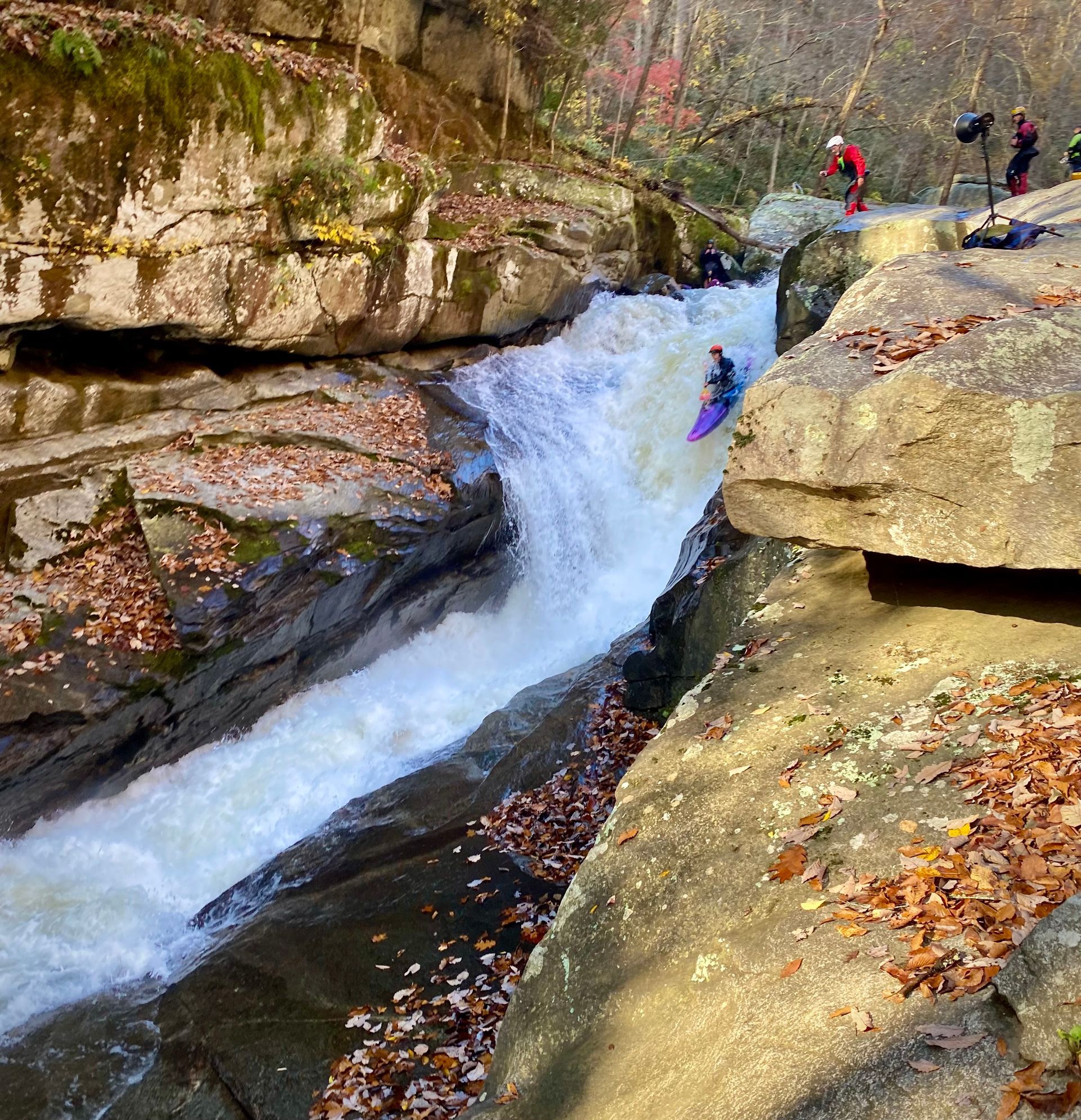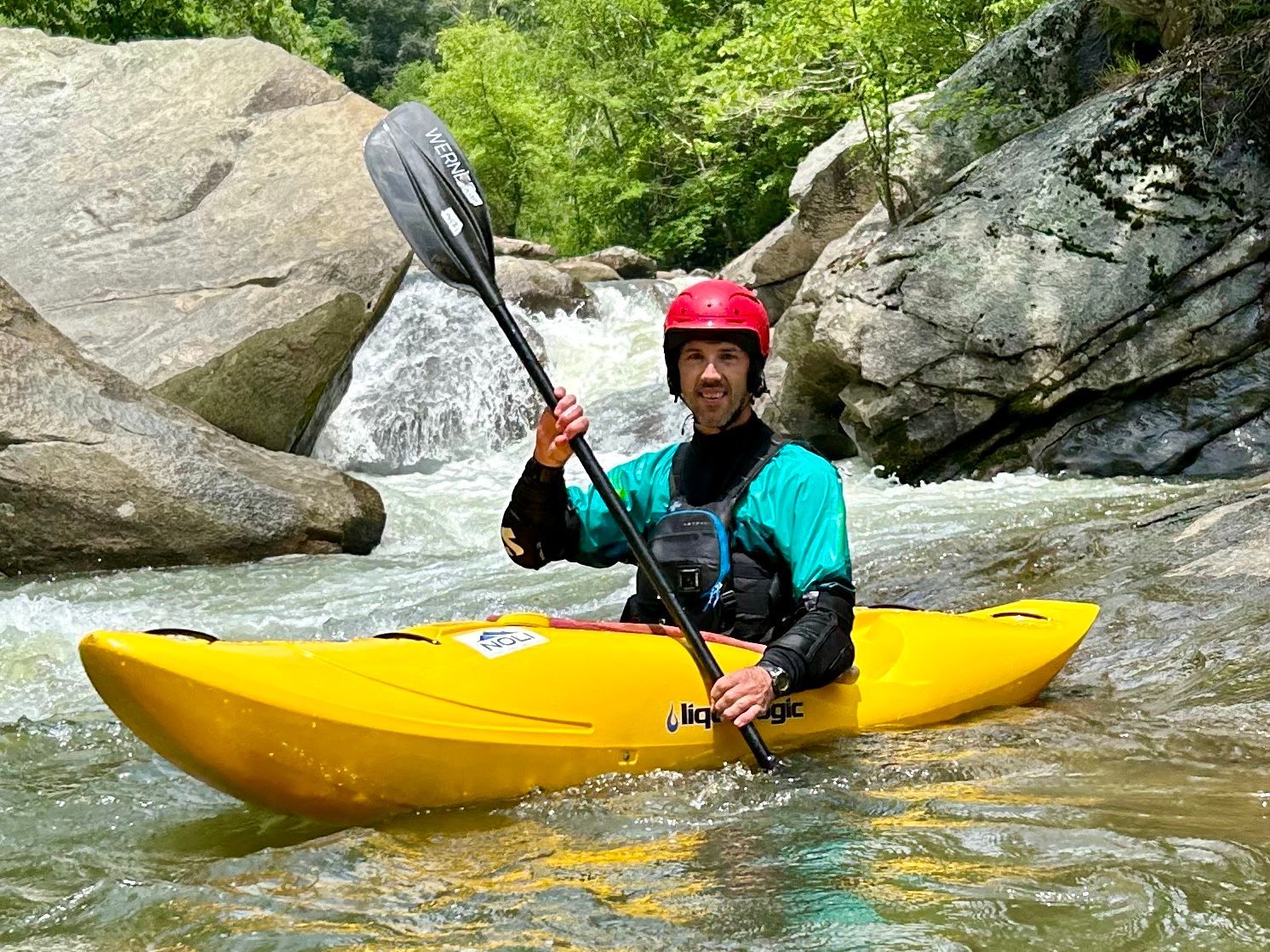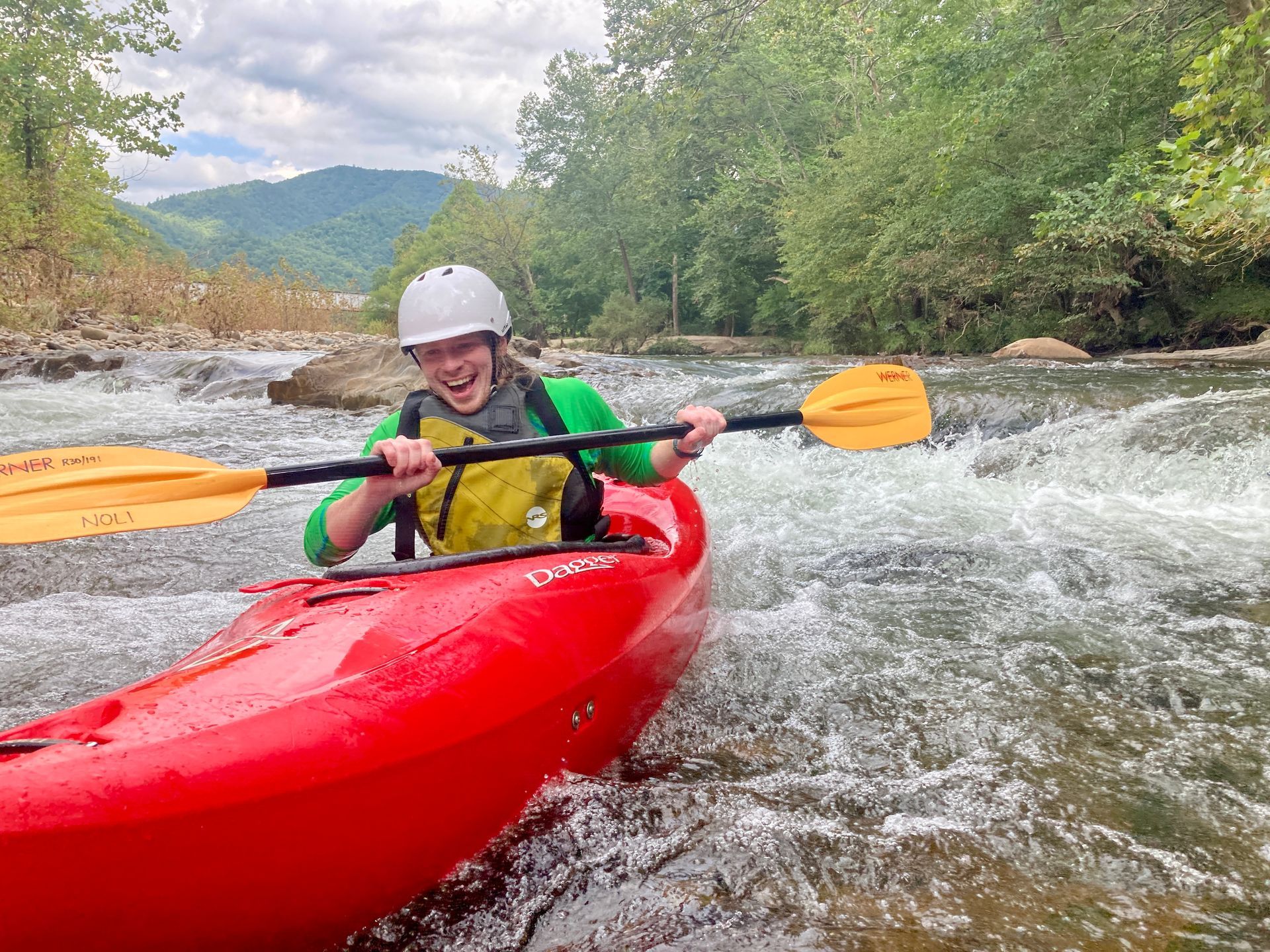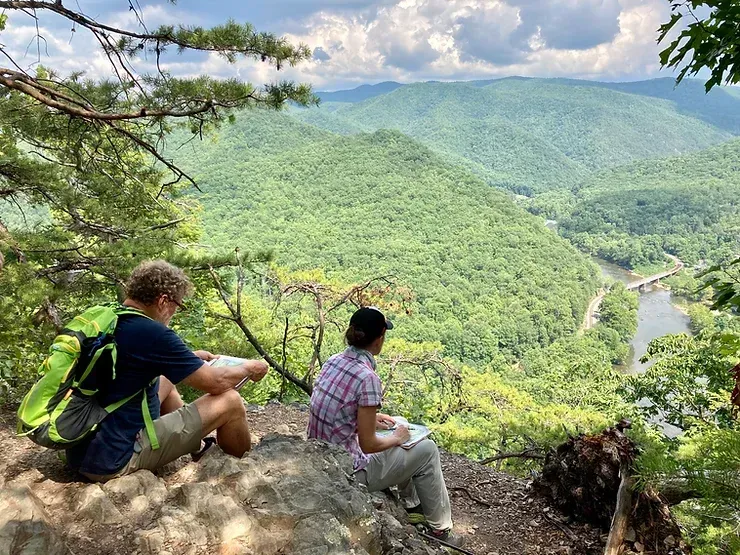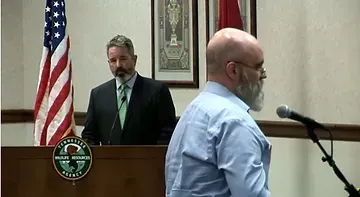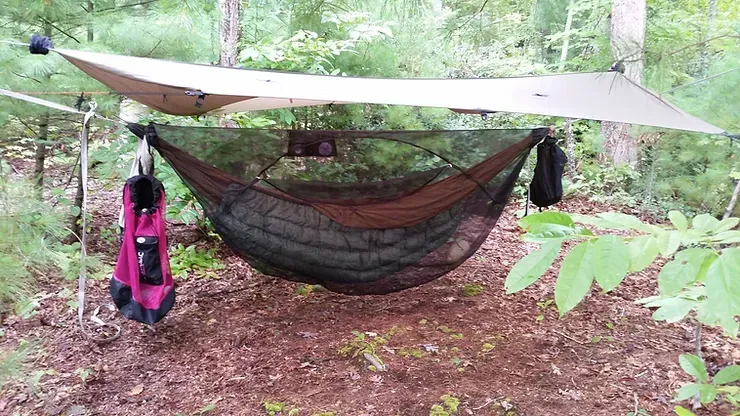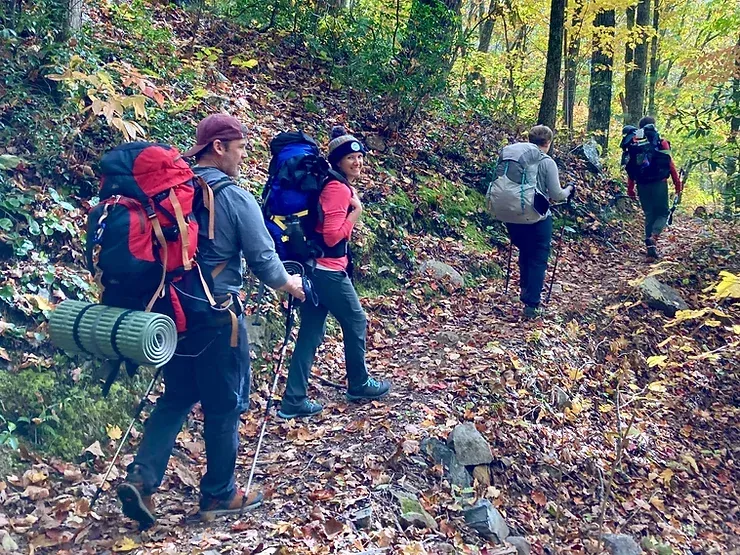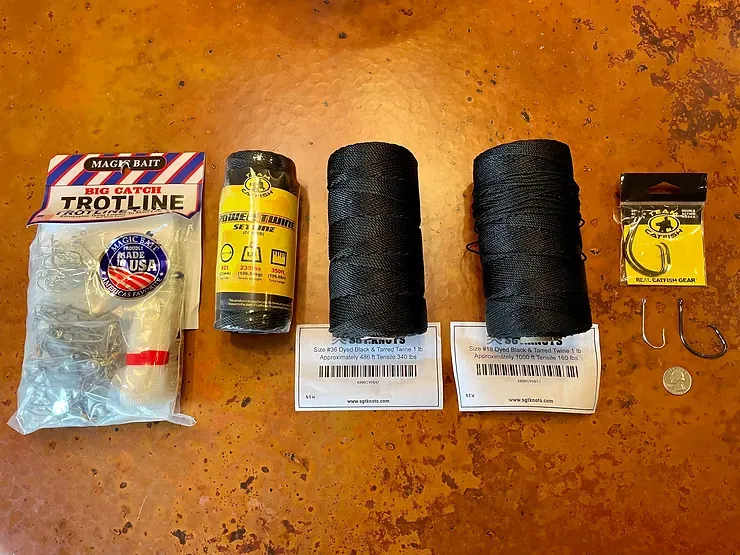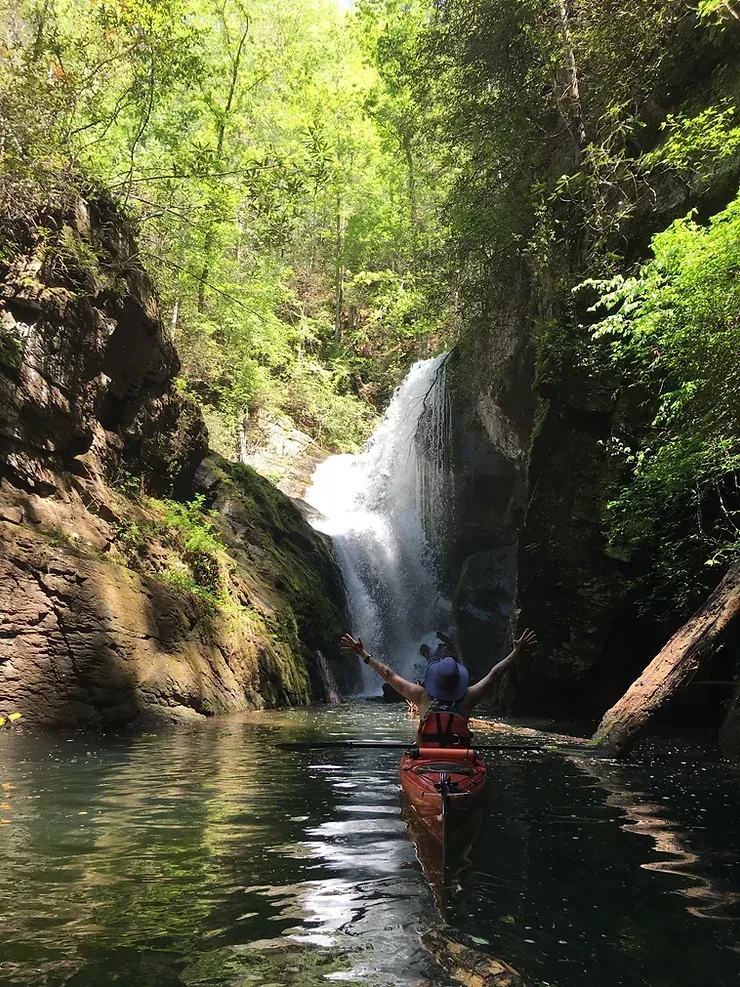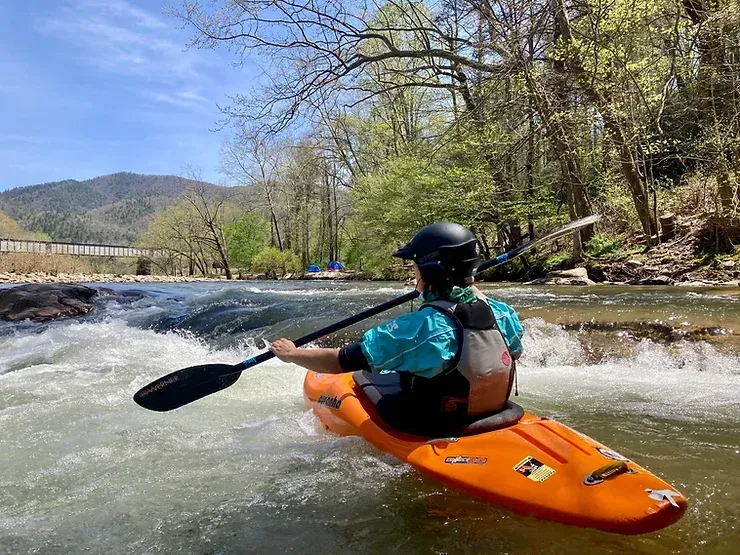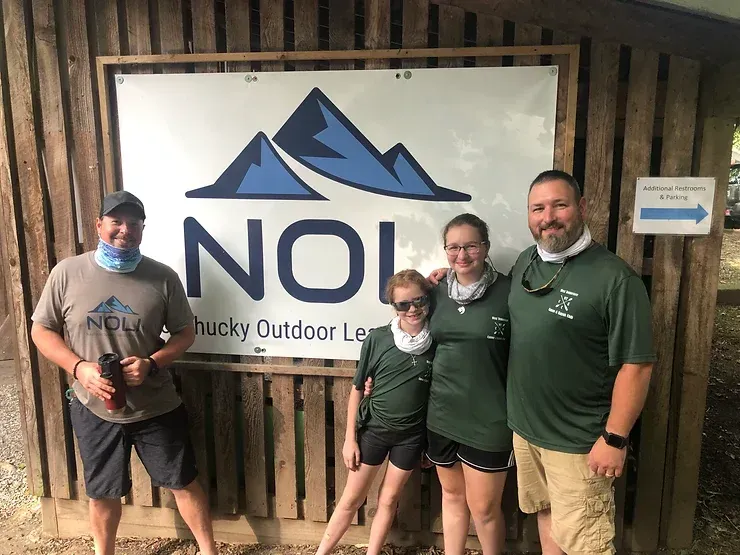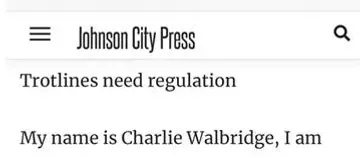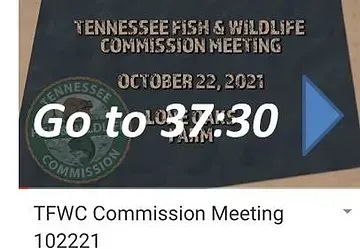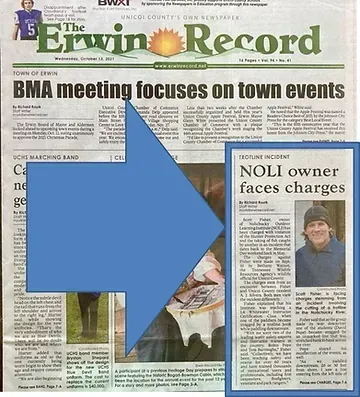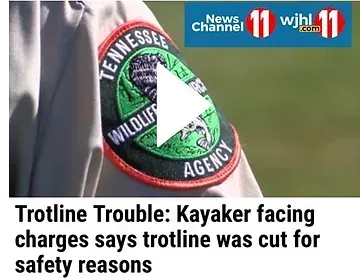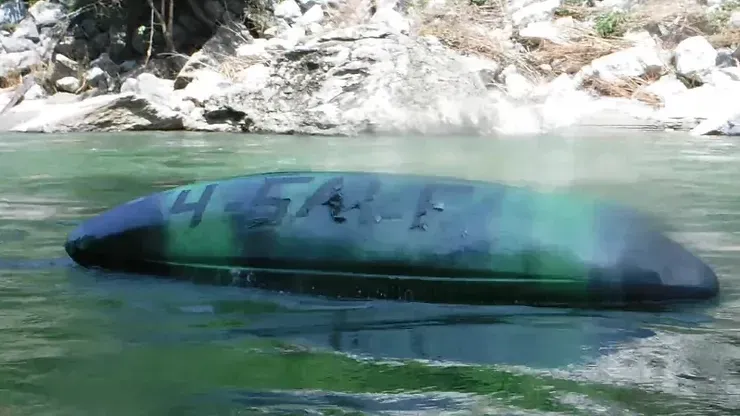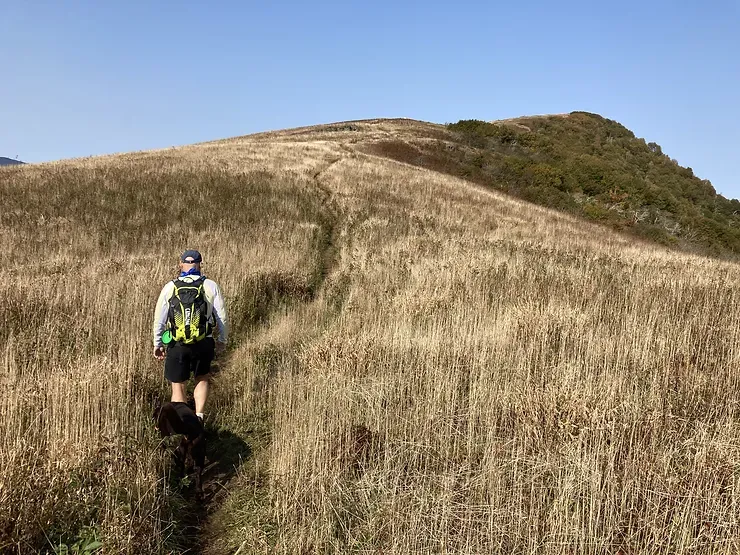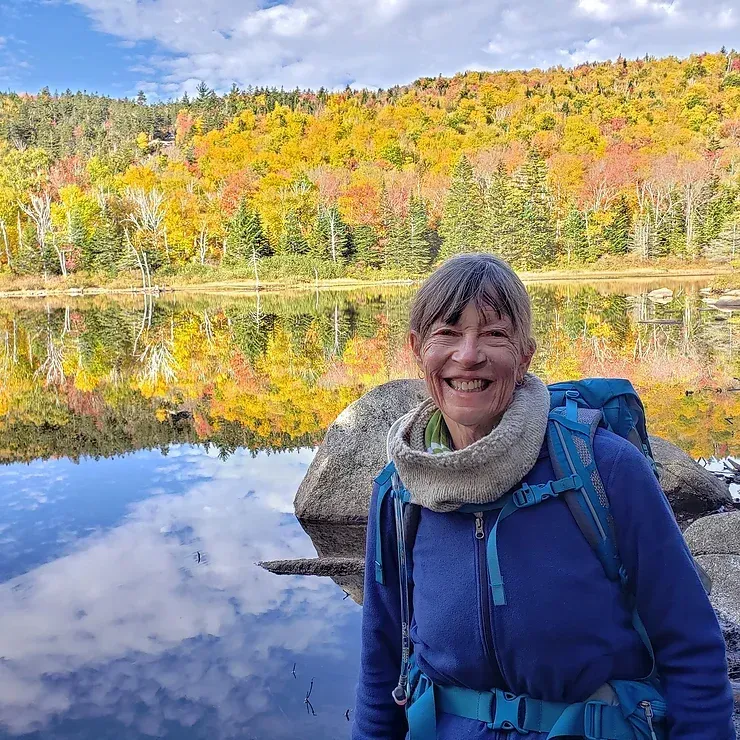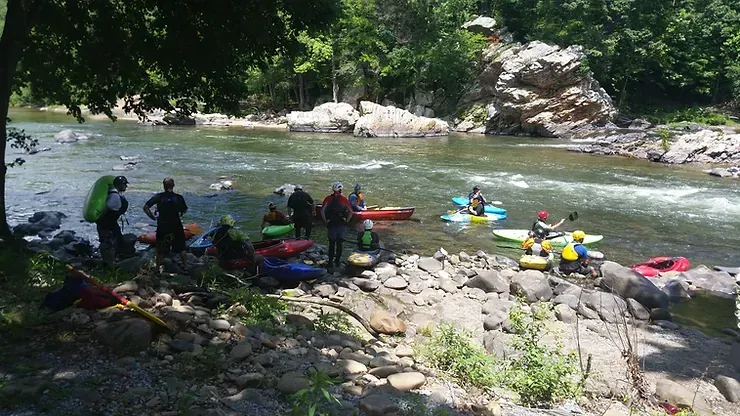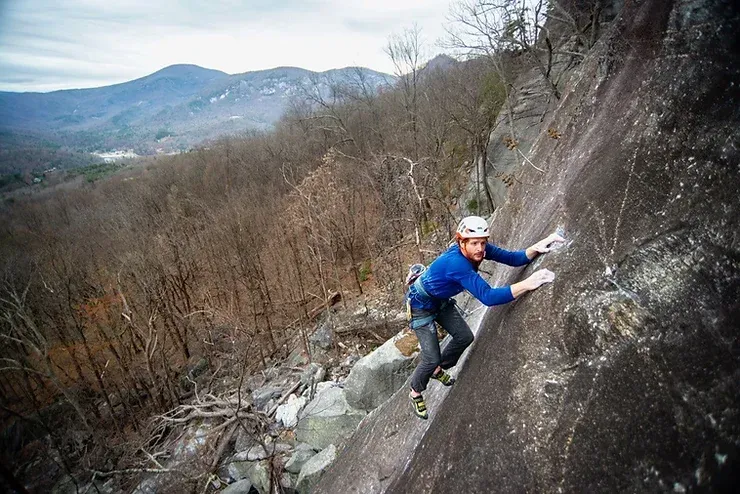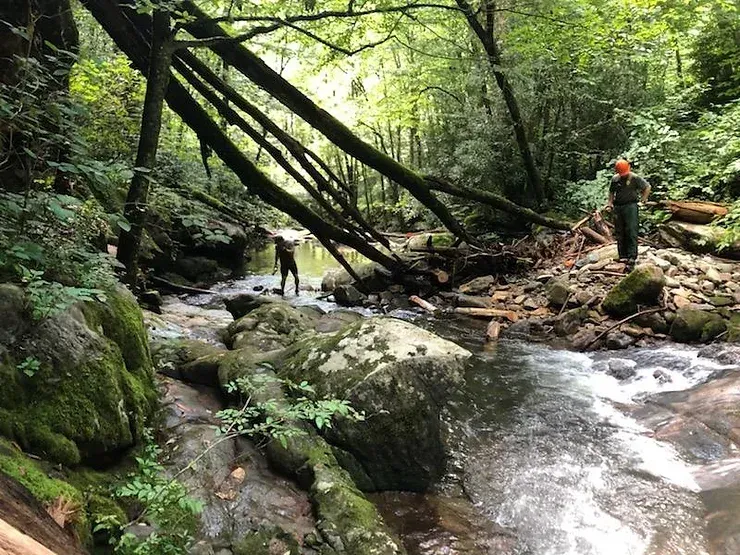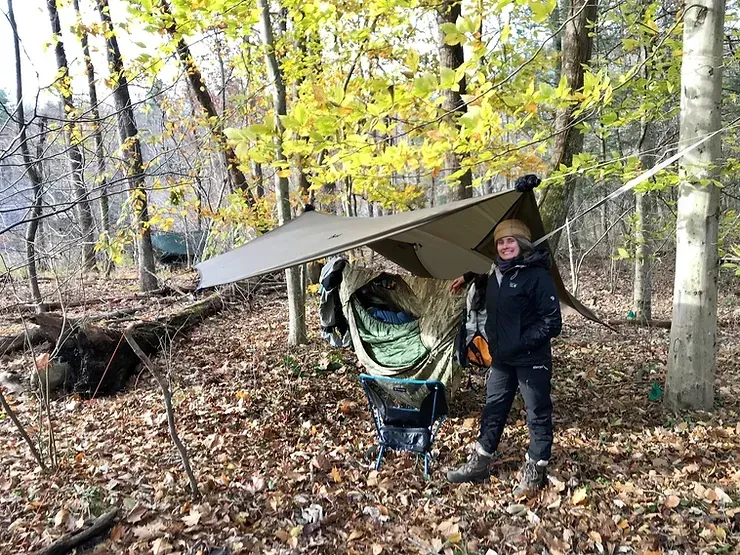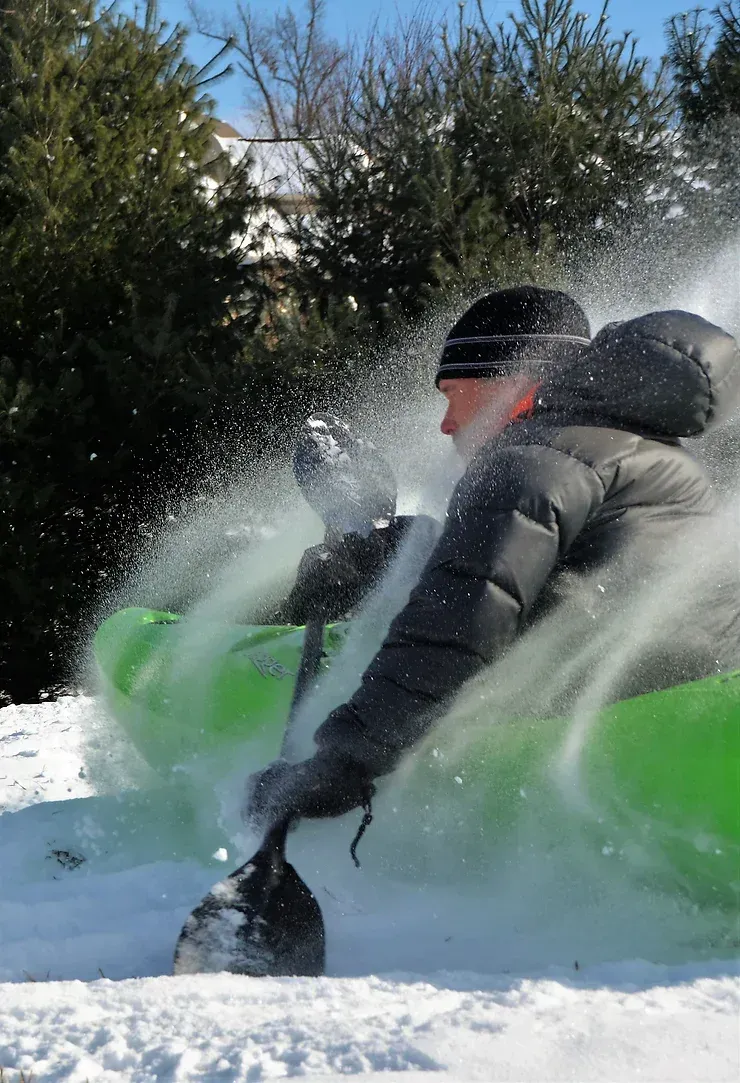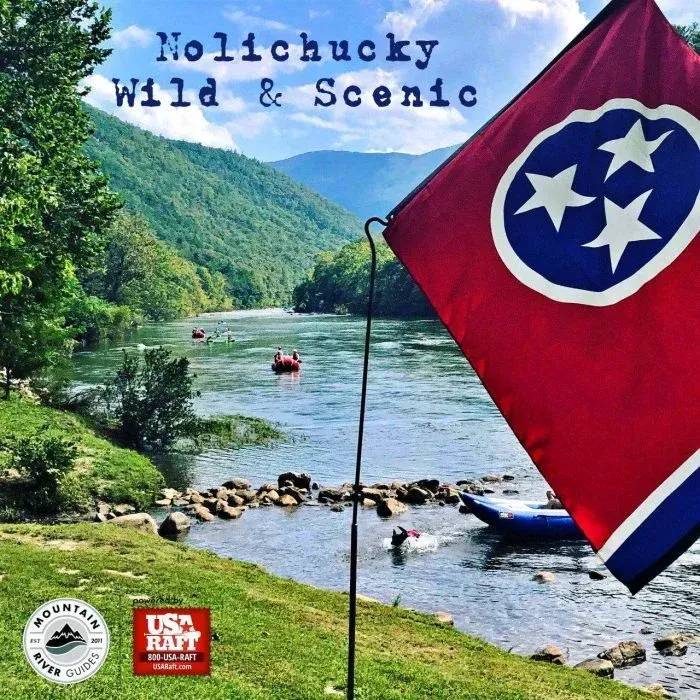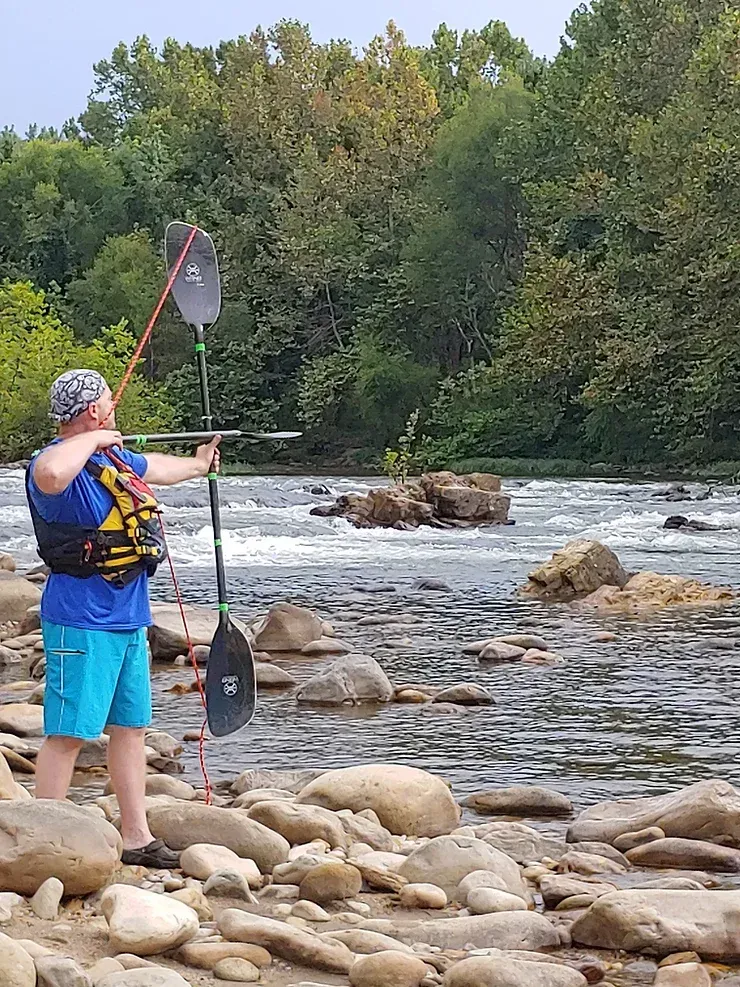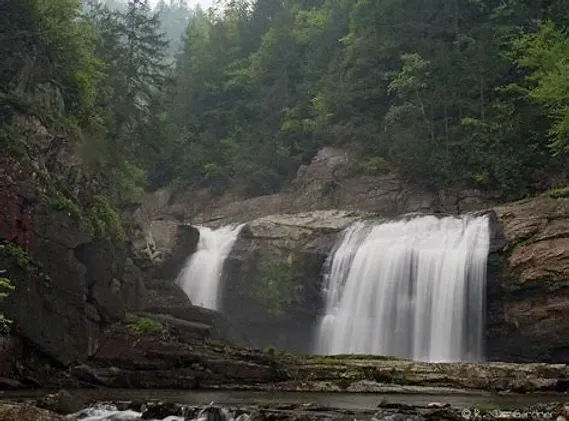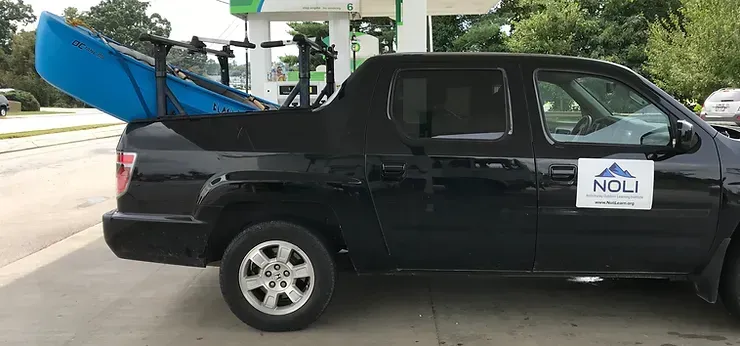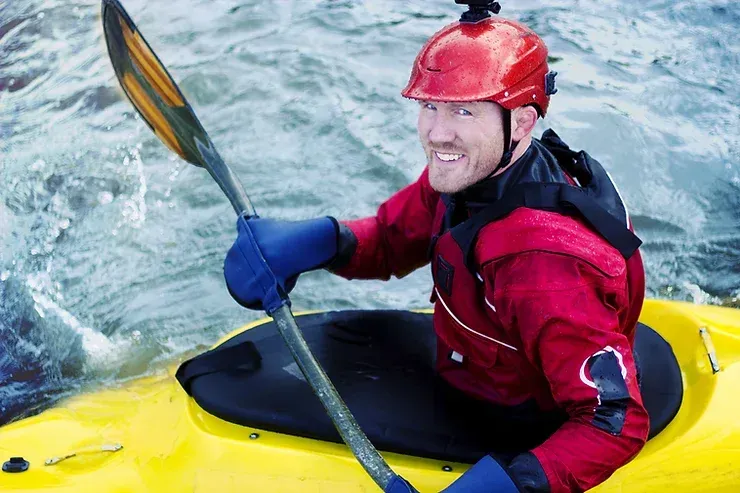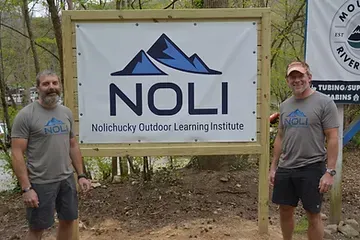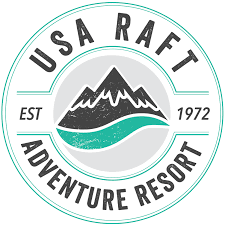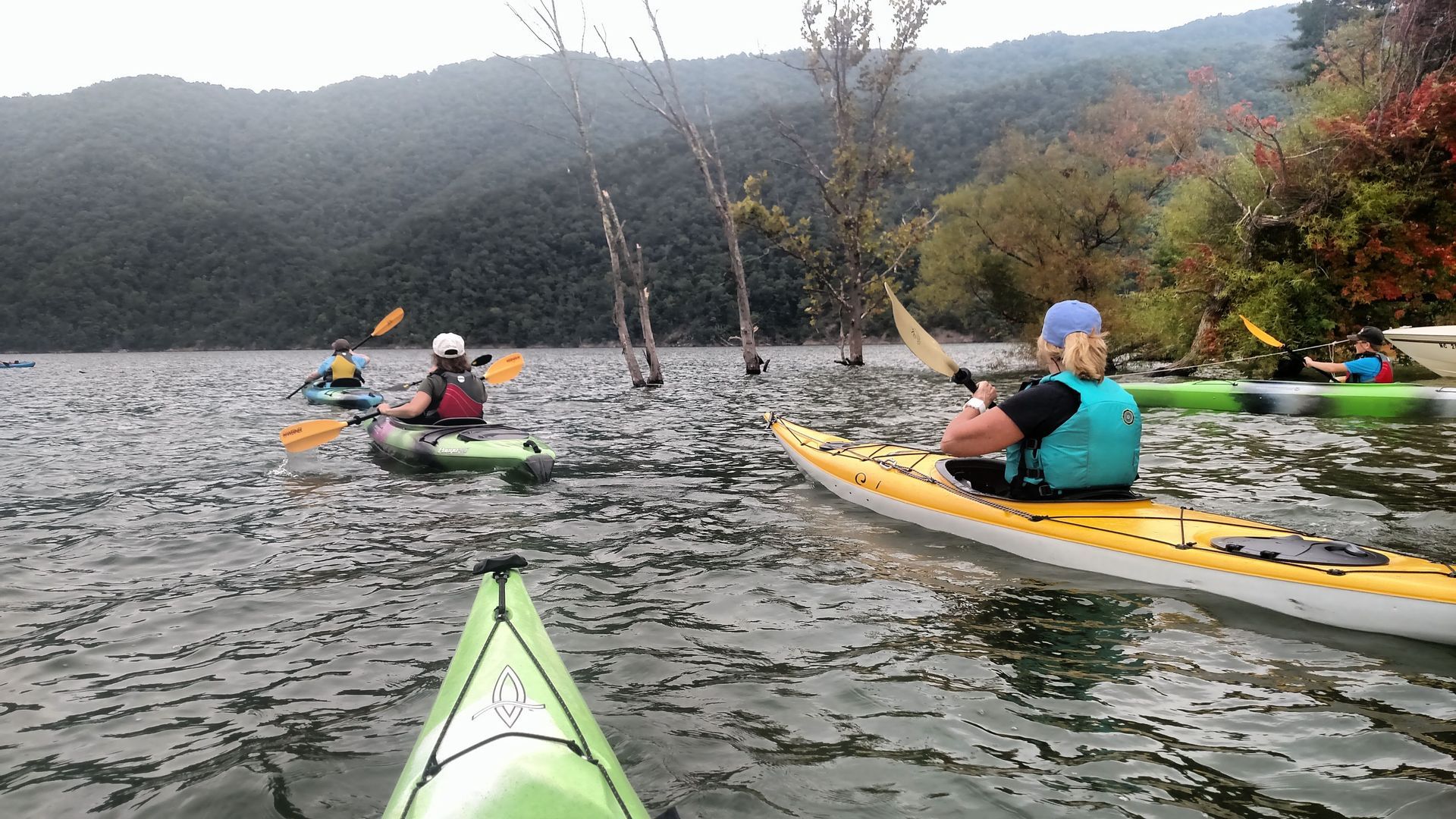
It was a nearly perfect morning on the Washington state Pacific coast. My wife (Michelle) and I had a delicious breakfast, broke down camp, loaded our rented tandem kayak, and paddled down the sheltered bay that bisects Stewart Island. Along with our guide, Annie, we ran with the tide and a light southwesterly breeze to make the three-mile open water crossing to Henry Island. As we crossed in the 2-foot swells, we were just cruising, enjoying the warmth of the sun, and gazing toward the horizon hoping for our first orca sighting of the trip. Once we passed west of the tip of Henry Island, we headed south a bit and our guide signaled that we would take a break in a field of bull kelp. Thickets of bull kelp make an ideal resting place for sea kayakers because the kelp floats, which are round and 3 to 8 inches across, protrude from the water and break up the momentum of the waves. We stopped for a few minutes, bobbing up and down with the swell, occasionally chatting but mostly taking sips from our water bottles. Over the sound of waves and calling birds, Michelle heard a distant noise. It sounded like a cry for help – or was it a gull? We listened for a few seconds when another, more distinct yell rang out. For an instant we all hesitated, trying to determine the direction of the cries. From our vantage point low to the water, all we could see was dark bull kelp floats scattered across the ocean’s surface. It sounded like the panicked calls were coming from somewhere between us and the shoreline, so we sprinted southeast through the kelp patch toward shore. After we broke through the offshore kelp forest, we spotted two small dark objects on the surface alongside something that looked like a partially submerged log. As the distance closed, the larger object resolved into a flooded green aluminum canoe. The smaller ones were two middle school age boys struggling to reenter the water-filled boat. Every time they tried to enter; the boat would flip. As we neared, they quit trying to enter their boat. Instead, they hung onto the hull of the now inverted canoe and stared quietly as we approached. Michelle and I coasted up on the right side, leaving about a 5-foot gap between our tandem and the canoe, just in case the boys panicked and tried to climb on the deck of our boat before we were prepared. Caution is necessary in a situation like this because a panicking victim can easily capsize a would-be rescuer’s boat - leaving more people in the water. Annie coasted up a similar distance on the left side of the flooded craft. Our first evaluation was that the boys had been in the water for at least fifteen minutes. They were shivering, minimally responsive, and their movements were clumsy. After quickly weighing the options and their condition, we agreed that we could get them out of the water and warm them up more quickly by towing them to shore than by attempting to get the boys back into their boat. We then instructed the closest victim to grab the left perimeter line behind the rear cockpit of our tandem. At first, he refused because he did not want to release the cell phone in his right hand. The impasse was broken when Annie slid her boat up on his left side and convinced him to hand the phone to her. The other boy was similarly coaxed to grab the left stern perimeter line of Annie’s boat. We then started toward shore in the direction of the nearest cottage. When we had closed to within 75 yards of the house, a man came out onto the shore, saw us towing the boys, launched a tandem sit on top kayak, and headed out toward us. The boys, who were shaking with cold, were handed life vests and then hauled aboard the sit on top kayak by their father, while we stabilized the boat. As the reunited family headed back toward shore, we recovered the flooded canoe and towed it to shore. After this brief but adrenaline-filled detour, we continued our journey southwards down the Haro Straight, skirting the shore of Henry Island.

